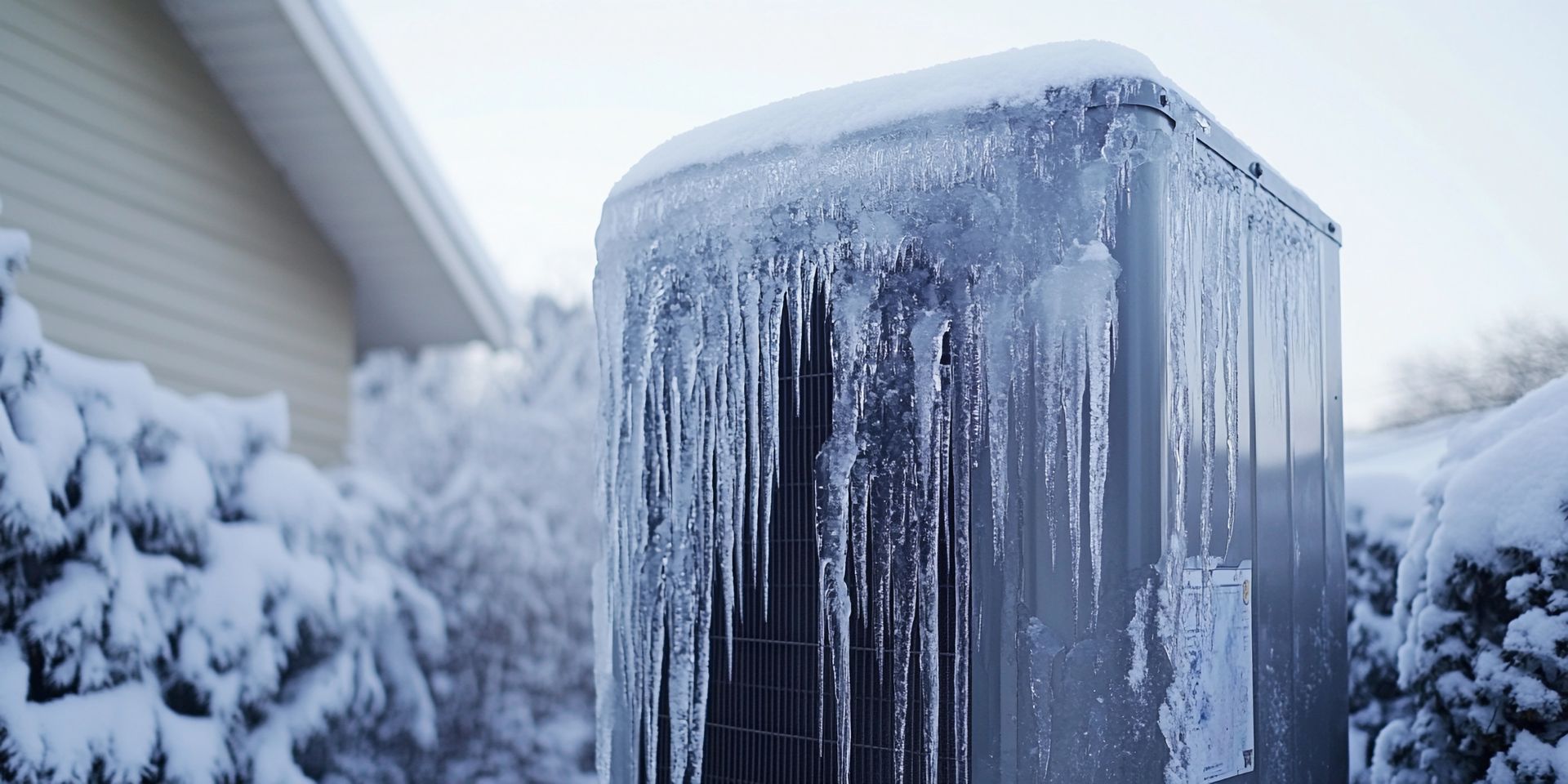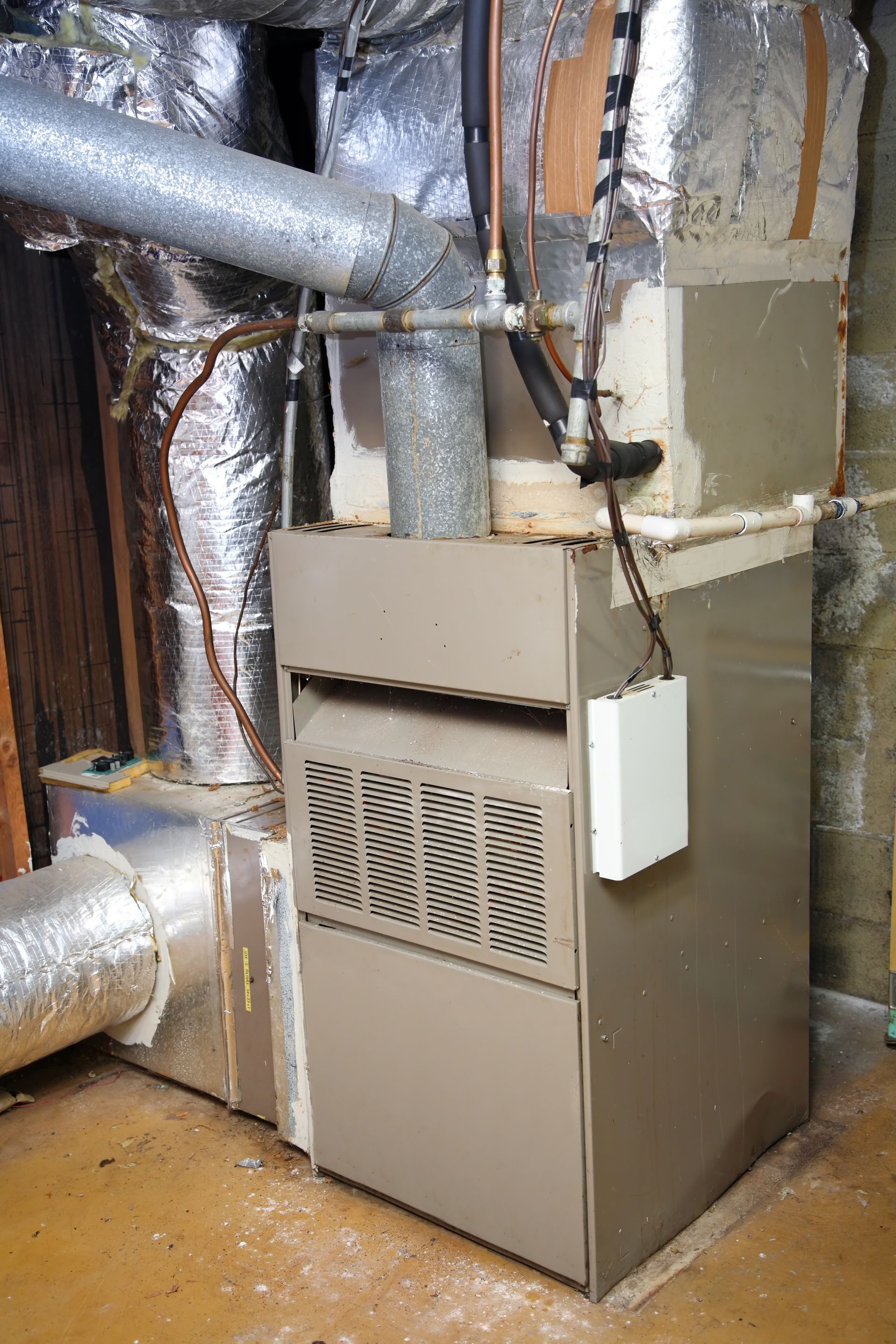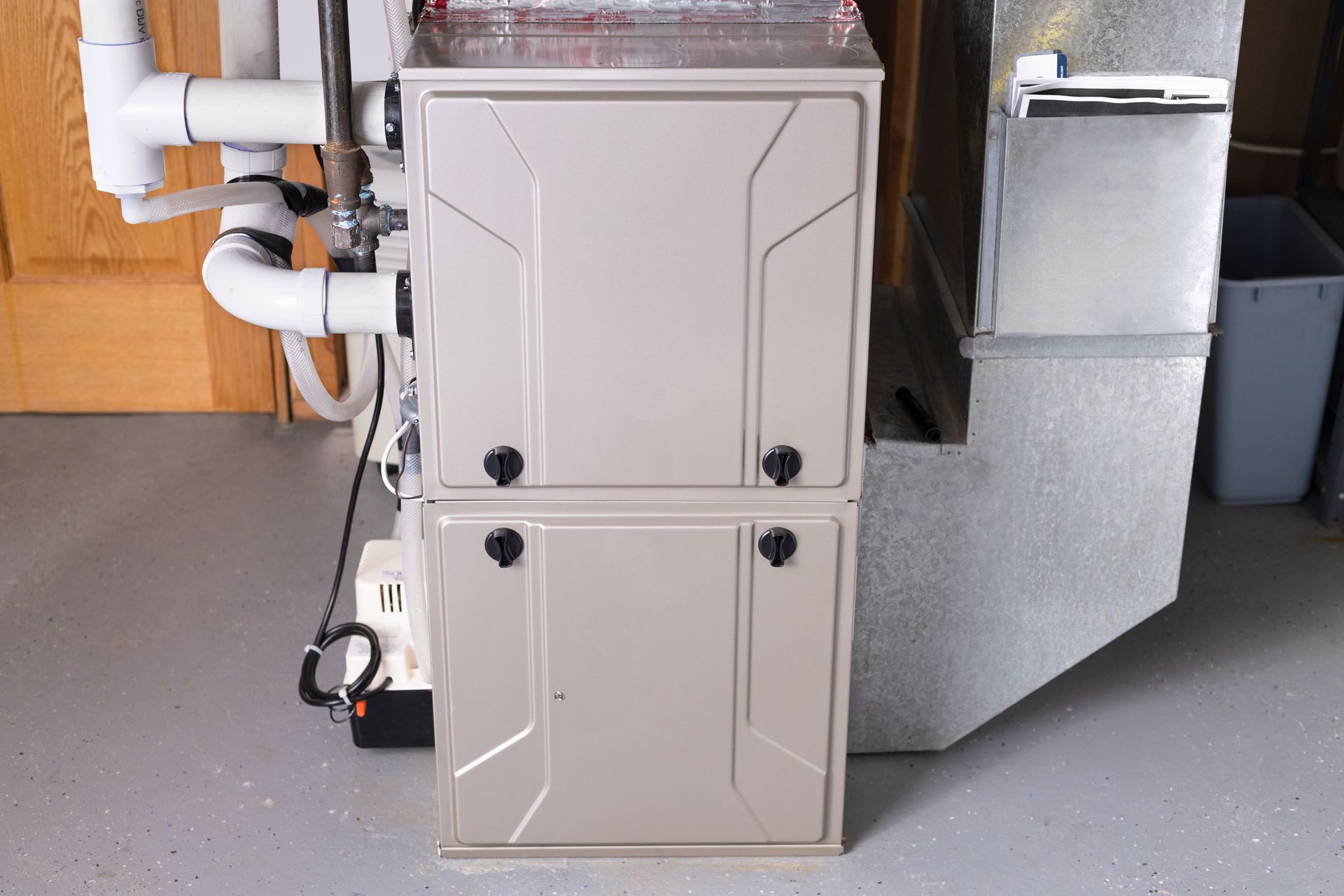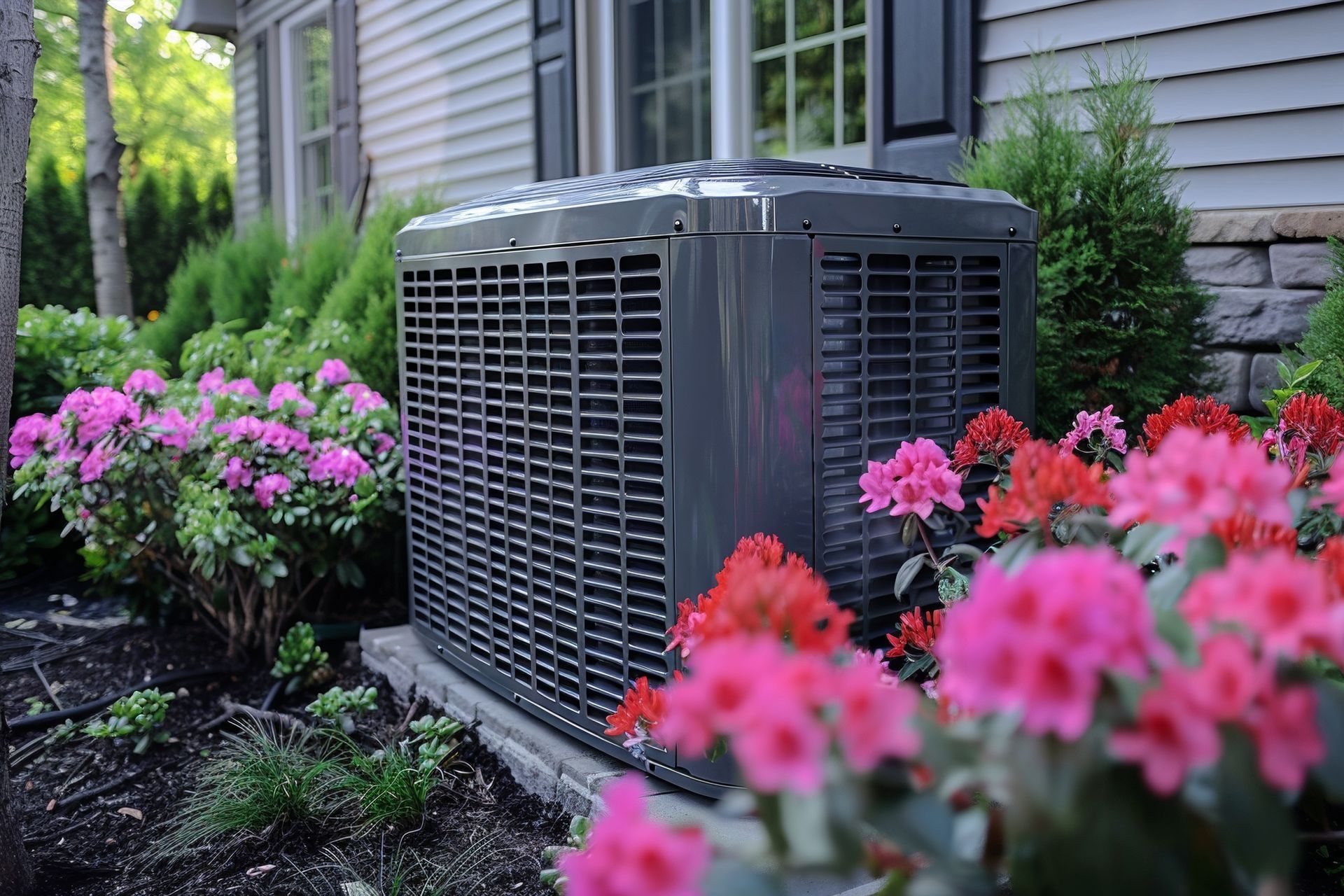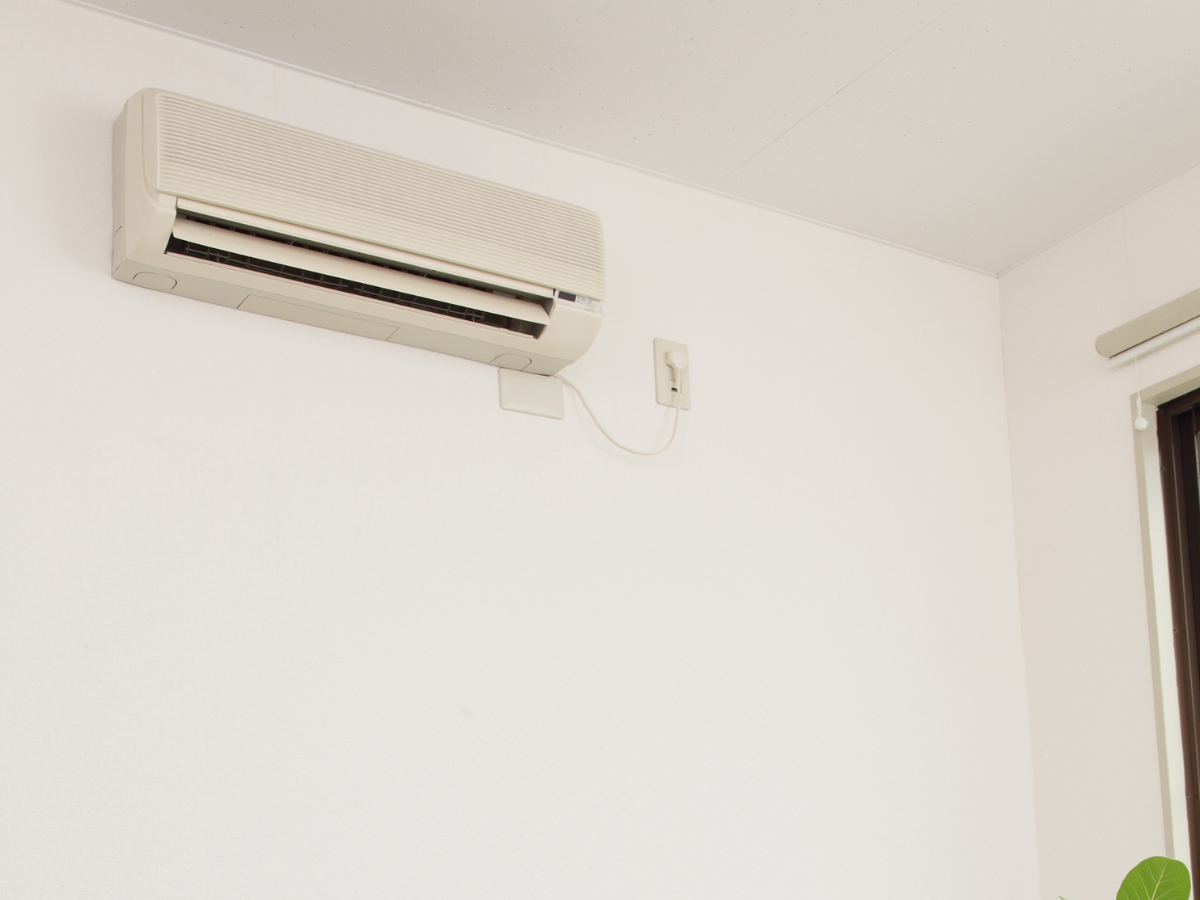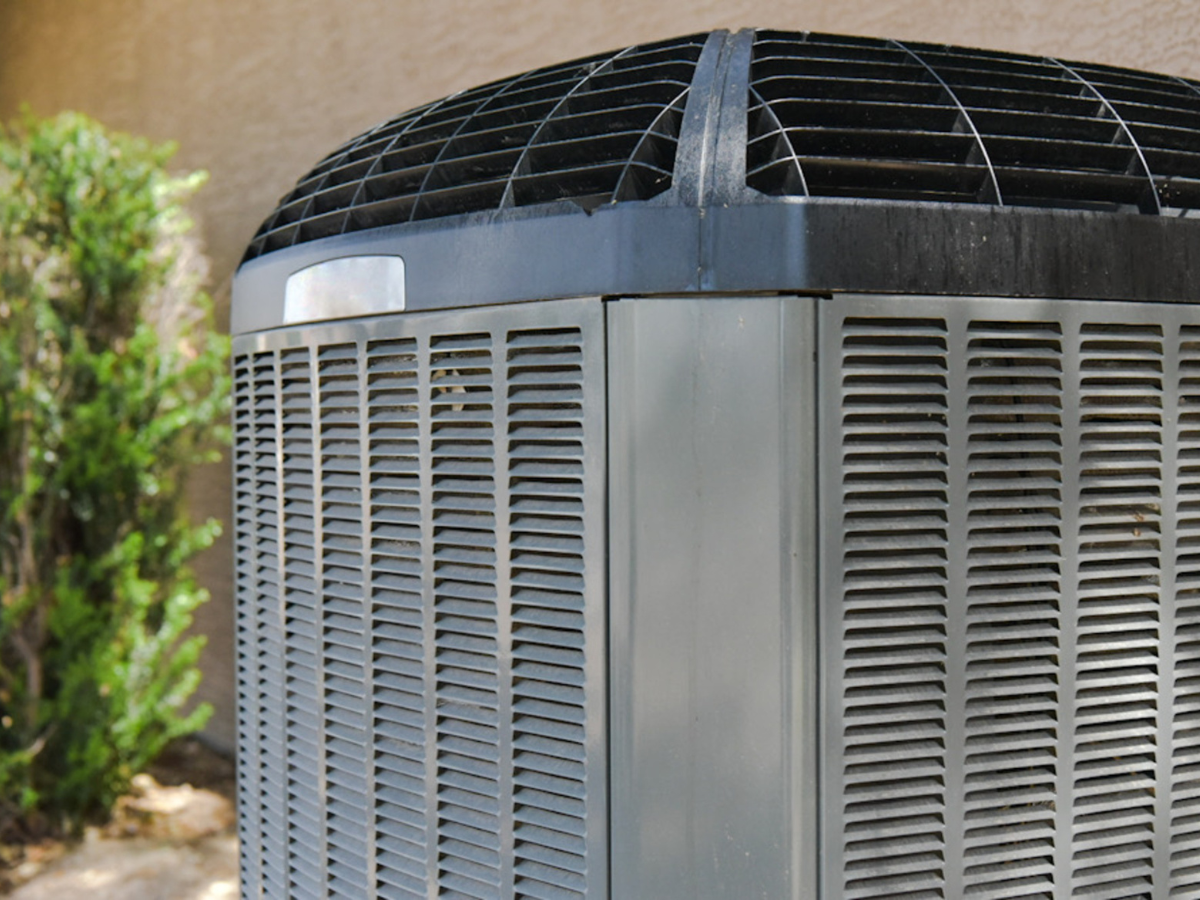How to Test Your Thermostat for Accuracy
Your thermostat plays a crucial role in maintaining the comfort of your home by regulating the temperature. However, over time, thermostats can become inaccurate due to wear and tear or simple miscalibration. A malfunctioning thermostat can lead to discomfort, higher energy bills, and unnecessary strain on your HVAC system. In this blog, we’ll guide you through how to test your thermostat for accuracy and ensure it's working properly, helping you maintain comfort and energy efficiency in your home.
1. Check the Thermostat Settings
Before you start testing your thermostat, make sure the settings are correct. Often, thermostat inaccuracies are caused by incorrect settings rather than technical issues. Here’s what to check:
Set the Temperature: Make sure the temperature setting matches the desired room temperature. If the settings are off, simply adjusting them may solve the issue.
Mode Settings: Ensure your thermostat is in the correct mode (heating, cooling, or off). Sometimes, it may be in the wrong mode, causing confusion about the temperature.
Once you’ve confirmed the settings, you can proceed to more technical checks if the thermostat still seems inaccurate.
2. Use a Reliable Thermometer to Compare Readings
The most effective way to test your thermostat’s accuracy is to compare its reading with a reliable, independent thermometer. Here’s how you can do it:
Place the Thermometer Near the Thermostat: Position a thermometer about 5 to 6 inches away from the thermostat, ideally on the same wall or in the same room.
Wait for Stabilization: Allow both the thermostat and the thermometer to stabilize for about 15-20 minutes to account for any temperature fluctuations.
Compare Readings: After the wait, check the thermometer’s reading and compare it with the temperature displayed on your thermostat. If the readings are within 1-2 degrees of each other, your thermostat is accurate.
If the readings are off by more than 2 degrees, your thermostat may be miscalibrated or faulty.
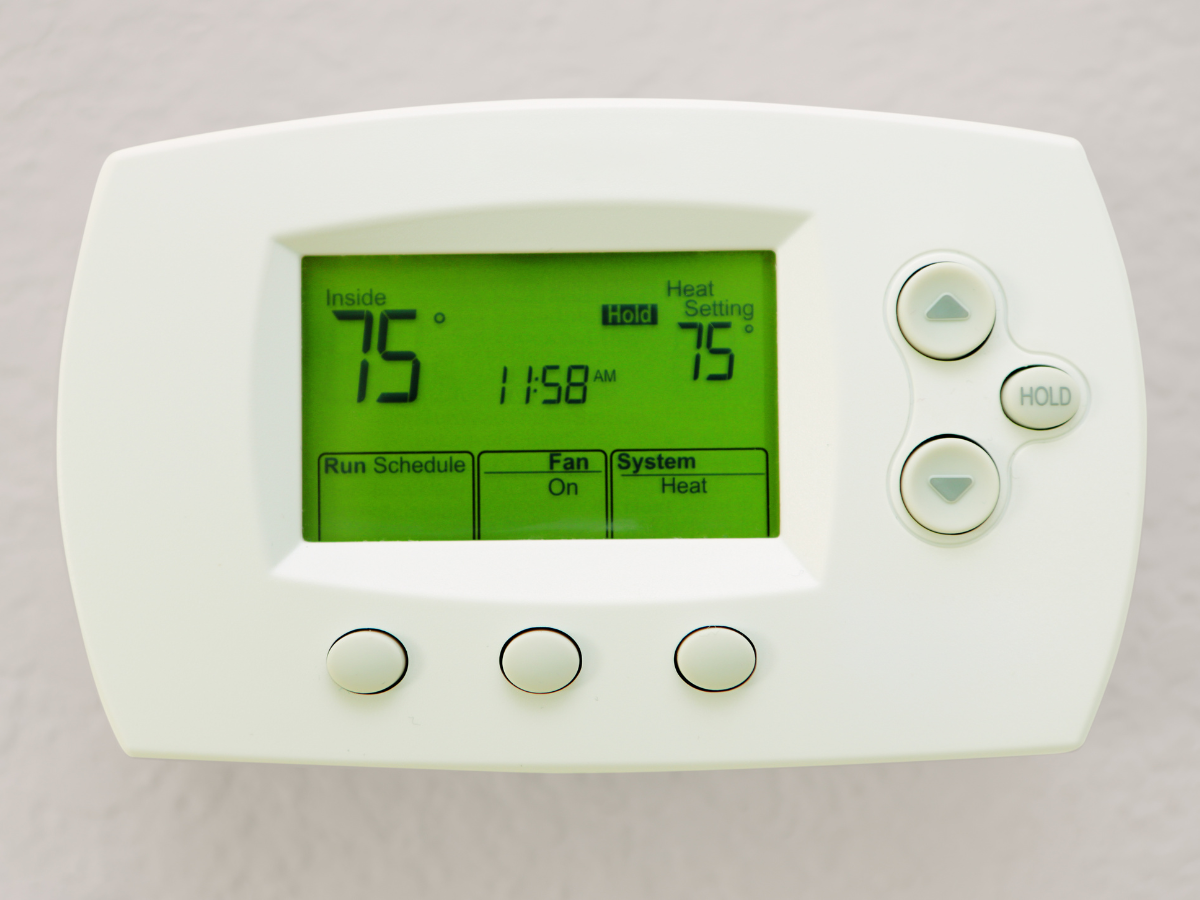
3. Perform the Ice Water Test for Accuracy
If you want to test the thermostat’s accuracy in more extreme conditions, you can try the ice water test, which is a simple and effective method:
- Fill a Glass with Ice and Water: Fill a glass with ice cubes and then add water, ensuring that the glass is filled to the top.
- Wait a Few Minutes: Allow the glass to sit for 3-5 minutes so the water reaches a temperature of 32°F (0°C).
- Place a Thermometer in the Glass: Insert a thermometer into the glass of ice water and wait for it to stabilize.
- Check the Thermostat: Check the reading on your thermostat and see if it’s set to around 32°F. If the reading is significantly off, it may indicate that your thermostat is miscalibrated.
This test can help you identify larger discrepancies in your thermostat’s accuracy.
4. Calibrate the Thermostat
If your thermostat is displaying incorrect readings, calibration may be necessary. Most digital thermostats allow for simple recalibration:
- Consult the Manual: Review the user manual for your thermostat to find the calibration instructions. Each thermostat model may have a different calibration process, so it’s important to follow the manufacturer’s guidelines.
- Manual Adjustment: Some thermostats may have a manual calibration screw or button that allows you to fine-tune the temperature reading. Be cautious with this method and avoid making large adjustments.
For analog thermostats, recalibration is often more complicated and may require professional help. If you're unsure about calibrating your thermostat, consider calling a professional HVAC technician.
5. Check for External Factors That Affect Accuracy
There are several factors that can influence your thermostat's accuracy, including:
- Direct Sunlight: If your thermostat is located in direct sunlight, it may cause the sensor to register a higher temperature than what’s actually in the room. Consider relocating your thermostat to a cooler, shaded area.
- Air Vents or Drafts: If your thermostat is near an air vent or in a drafty area, it may pick up incorrect temperature readings. Ensure your thermostat is placed in a location where it is not influenced by these factors.
- Dirty Thermostat: Dirt and dust can accumulate inside your thermostat, causing inaccurate readings. If your thermostat is dirty, gently clean it with a soft cloth or compressed air to remove any debris.
Addressing these external factors can help ensure that your thermostat gives an accurate reading of your home’s temperature.
6. Test the Thermostat’s Response Time
In addition to accuracy, it’s important to test your thermostat’s response time to changes in temperature. Here’s how to do it:
- Adjust the Temperature: Set the thermostat to a higher or lower temperature than the room temperature and monitor how long it takes for the HVAC system to activate.
- Check the Temperature Change: After a few minutes, check if the room temperature starts to move toward the new setting. If there’s a long delay in response, it could indicate a malfunction in the thermostat or the HVAC system.
The thermostat should respond promptly when adjusting the temperature, and the system should start heating or cooling the space as needed.
7. When to Call a Professional
If your thermostat continues to show incorrect readings after performing these tests, it may be time to call in a professional HVAC technician. In some cases, the issue may be due to wiring problems, a faulty sensor, or issues with the HVAC system itself. An expert can diagnose and fix the problem to restore accurate temperature control in your home.
At Nauman Inc., we specialize in HVAC repair and maintenance, including thermostat calibration and replacement. If you’re having trouble with your thermostat, contact us today for professional service.
Conclusion
Testing and maintaining your thermostat’s accuracy is essential for ensuring that your HVAC system works efficiently and provides consistent comfort in your home. By regularly checking your thermostat’s accuracy and performing basic tests, you can catch issues early and avoid unnecessary energy costs or discomfort. If you find that your thermostat isn’t working as it should, professional help may be needed to restore its function.
For all your thermostat and HVAC needs, contact Nauman Inc. today. Our team of professionals is ready to provide expert service to keep your home comfortable all year long.

